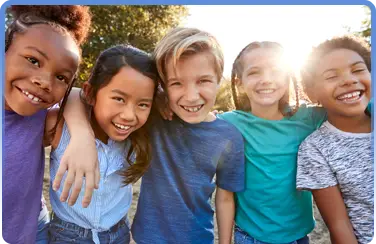The State of Foster Care in Virginia

As of August 2025, more than 5,500 children are in Virginia's foster care system, with over 1,500 teens still waiting for homes. This blog explains why so many kids struggle to find placements, from age preferences to mental health needs. It highlights the urgent need for families willing to care for older youth, not just babies, and shows how agencies provide training and support. With compassion and preparation, foster parents can give children safety, stability, and hope.
An Overview of the Foster Care System in Virginia
As of August 1, 2025, there are approximately 5,500 children in the foster care system in the state of Virginia. Finding suitable foster homes and foster families for this diverse group of children is a constant uphill battle. The needs and circumstances of each child make it difficult to find long-term solutions.
In the United States, children enter the foster care system when their biological parents are unable to care for them. This usually means the child's welfare was in danger, involving abuse or neglect.
Many family members and caring individuals are eager to make a difference in these children's lives, so why can't every child's needs be met?
Sometimes, the prevalence of mental and physical health needs may be more than an available foster home can accommodate. The mental health needs of foster children can be challenging to manage. However, foster homes can receive special training to expand who they can host.
Sometimes, it has to do with the limited preferences a foster home may have regarding the age or gender of the youth they are willing to host. The foster family can also change their mind about the age range or gender they are willing to accept into their home.
As you can see from the charts below, there are over 1,500 teens who need a home. These children are just a couple of years from transitioning into adulthood and aging out of the system. Once a foster youth turns 18, they won't be part of the social services system anymore. If they've never had access to a caring and motivating environment, they will be at extreme risk for mental health problems, teen pregnancy, and incarceration.
Some may be excited to see quite a few babies in the chart. However, most babies do not generally reach the level of need for a treatment-level foster home.
Babies are the most sought-after age category for children in the child welfare system. But what happens when they're no longer a brand new bitty bundle of joy? Their need for a foster home doesn't change, but unfortunately, a foster family's desire to foster children who've "grown up" does.
In terms of the youth's gender assigned at birth, the number of boys vs. girls that require care is almost the same. We can also tell you that it is much harder to place girls than it is boys.
Check out our other blog posts for more information on the foster care system.


